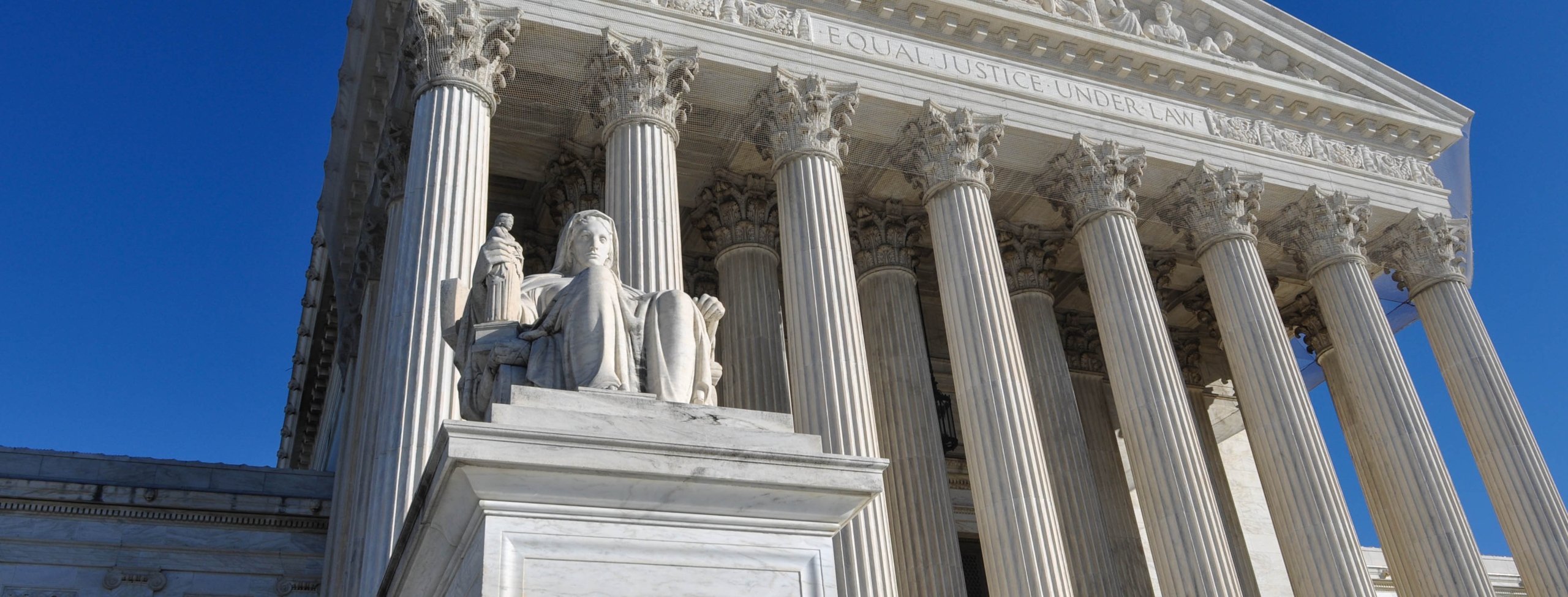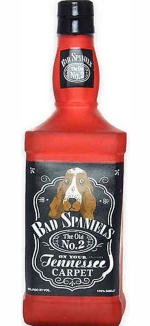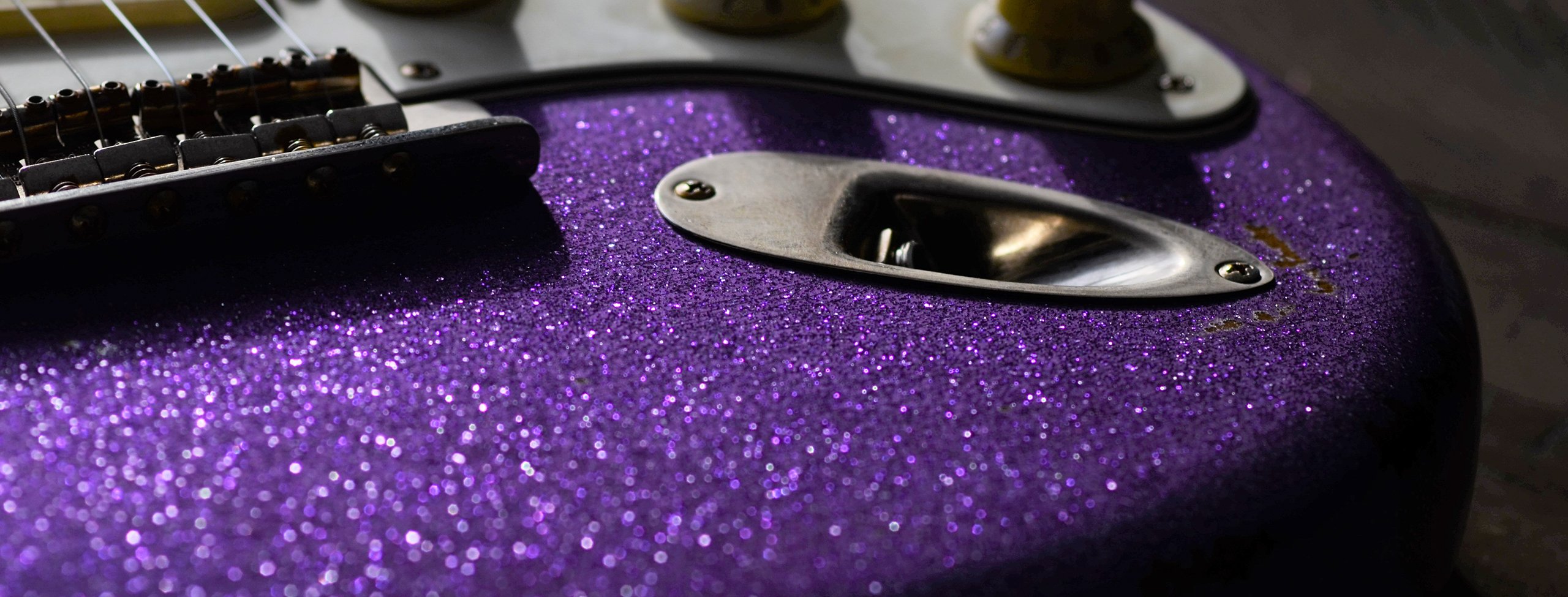
13 June 2023 • 10 minute read
Supreme Court curbs parody, narrows defenses to trademark claims
In a case involving booze, dog toys, and puns galore about canine bodily functions, the Supreme Court has narrowed two widely used defenses to trademark claims.
With Jack Daniel’s v. VIP Products, the Court unanimously ruled in favor of trademark rightsholders on a judge-made defense to trademark infringement claims and a statutory defense to trademark dilution claims. This decision not only is instructive for trademark litigators, but also has crucial lessons for trademark prosecutors and counselors.
The decision, coming in the wake of the Court’s May decision in Warhol v. Goldsmith restricting the copyright fair use defense, marks the second time in a month that the Court has issued a major decision favoring intellectual property rightsholders
In Jack Daniel’s, the Supreme Court narrowed the judge-made Rogers v. Grimaldi First Amendment defense for the use of others’ trademarks in “artistic” works. The Court held that the defense did not apply to cases where the accused infringer uses the trademark to identify the source of its own goods or services. Second, the Court held that a parody of another’s trademark does not automatically qualify for the “noncommercial use” defense to the federal trademark dilution statute. Both holding – especially the first – will have immediate and widespread impact. The first holding also creates new questions and battlegrounds in trademark law, in addition to leaving for another day the question of whether the Rogers v. Grimaldi First Amendment defense should be recognized at all.
The Rogers defense
Rogers v. Grimaldi, 875 F.2d 994 (1989), concerned claims brought by dancer Ginger Rogers over the title of Federico Fellini’s Ginger and Fred, a film about two fictional dancers who performed as Ms. Rogers and her famed dance partner, Fred Astaire. Ms. Rogers objected to the use of her name in the title of the film, alleging that consumers were likely to believe that she was somehow affiliated with or approved of the film as a result of that title use. The Second Circuit disagreed, reasoning that consumers would have less difficulty with understanding the derivation of titles of artistic works than with the names of commercial products. Restricting the titles of artistic works through trademark law, according to the appellate court, raised heightened First Amendment concerns.
The Second Circuit explained, “[t]hough consumers frequently look to the title of a work to determine what it is about, they do not regard titles of artistic works in the same way as the names of ordinary commercial products. Since consumers expect an ordinary product to be what the name says it is, we apply the Lanham Act with some rigor to prohibit names that misdescribe such goods.” The Second Circuit therefore held that titles of artistic works, that are relevant to the works, and that do not “explicitly mislead” consumers about the source of the artistic works, receive an enhanced layer of protection from trademark infringement claims.
Since Rogers, federal courts throughout the country have adopted the test when faced with an argument that the accused work is expressive and therefore worthy of heightened First Amendment protection. Over time, Rogers has been expanded it in various ways. For example, the Rogers test is now applied in most courts to address uses of trademarks in such works as books, movies, plays or images when those marks are used other than as titles – such as the use of Louis Vuitton’s trademarks in Hangover, where Zach Galifianakis’ character carries a supposed LV satchel. Louis Vuitton v. Warner Bros., 868 F. Supp. 2d 172 (S.D.N.Y. 2012). In Jack Daniel’s, the Ninth Circuit departed even further from the original precedent and applied Rogers to the name and appearance of a commercial product, a dog toy.
Whiskey and dog toys
Enter VIP Products, creator of Bad Spaniels, a poop-humor-laden chew toy that liberally borrows well-known trademarks and trade dress owned by Jack Daniel’s Property Inc. (JDP):

JDP did not approve of VIP Products’ use of its intellectual property rights in this manner. However, when the whiskey giant demanded that VIP Products desist from such use, VIP Products filed a declaratory judgment action and invoked Rogers. According to VIP Products, Bad Spaniels was an artistic work that expressed a humorous message in a way that was not explicitly misleading, thereby barring Jack Daniel’s’ Lanham Act claims.
The Ninth Circuit agreed with VIP Products, reasoning that because Bad Spaniels conveys a humorous message, it qualifies as “expressive” under Rogers. The Ninth Circuit also ruled that Bad Spaniels qualified for the “noncommercial use” defense to the dilution.
The Supreme Court reversed on both issues #1 …. and #2.
Narrow but significant decisions on Rogers and Lanham Act dilution
Like the Court’s recent decision favoring copyright holders in Warhol, the Jack Daniel’s decision is jurisprudentially narrow. The Court did not take the many invitations offered by the parties and some amici to “attack[] or defend[] Rogers in all its possible applications.” Instead, the Court set forth a seemingly simple rule to determine whether to apply Rogers: if defendant is using the plaintiff’s trademark as a trademark – ie, as its own indication of source – Rogers does not apply. Spoiler alert: the application of this rule is unlikely to be so simple in practice.
Writing for the unanimous Court, Justice Elena Kagan explained that Rogers has always been a “cabined” doctrine and has not “insulated from ordinary trademark scrutiny the use of trademarks as trademarks” but rather only those uses that are non-source identifying. The “cardinal” sin of trademark law is to confuse consumers about source, and such circumstances, says the Court, are “most likely to arise when someone uses another’s trademark as a trademark” and not for “some other expressive function.”
The Court thus “dramatically” parted ways with the Ninth Circuit in its belief that just because Bad Spaniels conveys a humorous message, it is automatically entitled to Rogers’ protection. “On that view, Rogers might take over much of the world. For trademarks are often expressive, in any numbers of ways.” The Bad Spaniels dog toy, according to the Court, used the JDP trademarks and trade dress as trademarks (ie, indications of source) for the dog toy company. Humorous as that use may or may not be, the Court thus held that Rogers does not apply to the challenged trademark use, vacating the judgment below and remanding the action.
Notably, JDP also asserted another Lanham Act claim, alleging that VIP Products’ use of its intellectual property diluted and tarnished its brand. In response, VIP Products invoked the Lanham Act’s express exclusion for dilution liability for “noncommercial use of a mark.” The Court “easily dispatched” this issue, holding (again narrowly) that the use of a mark does “not count as noncommercial just because it parodies, or otherwise comments on, another’s products.” Were that so, explained the Court, it would nullify “Congress’ express limit on the fair-use exclusion” found in §1125(c)(3)(A) for parody and would negate “Congress’s judgment about when – and when not – parody (and criticism and commentary) is excluded from dilution liability.”
Immediate impact and new battlegrounds ahead
Jack Daniel’s will have immediate impact on pending cases where Rogers is at play. For example, the Second Circuit appeal in Vans, Inc. et al v. MSCHF Product Studio, Inc. has been stayed pending the Jack Daniel’s decision. In that case, MSCHF argued unsuccessfully that its allegedly infringing “wavy baby” shoes are artistic, expressive works protected by Rogers from Vans’ claims relating to infringement of its “Old Skool” shoe trademarks.
In another closely watched New York litigation, “metabirkins” NFT creator Mason Rothschild has filed post-trial briefing in connection with French luxury brand Hermes’ trademark infringement win; Rothschild’s main argument leading up to and through Hermes’ victory at trial, and in that briefing, is that the fashion house’s claims were barred by Rogers. With regard to the former, it is difficult to see a path where MSCHF’s Rogers defense survives Jack Daniel’s, as the so-called “art collective” has argued, at odds with the Court’s recent decision, that Rogers applies to its shoe simply because it conveys an expressive message about the asserted mark. With regard to Rothschild, Hermes has alleged from the get-go that the defendant was using the accused “metabirkin” moniker as its own trademark for sales of its NFT collection. Hermes will now assuredly point to Jack Daniel’s to reinforce its position that such trademark use eviscerates defendant’s Rogers defense.
Jack Daniel’s will also fundamentally alter how federal courts apply the Rogers test. In the Ninth Circuit, for example, Rogers is a threshold determination before Sleekcraft’s likelihood of confusion factors, and therefore infringement, are considered. If the Ninth Circuit found that Rogers was satisfied, the trademark claims failed. Now, Jack Daniel’s appears to require courts to make a new threshold inquiry before they even get to the Rogers test: is the accused use a trademark use? It appears that Rogers will now only be evaluated if a defendant can first show that its use of the plaintiff’s trademark was not as a source indicator but as some other flavor of use.
And herein lies the new battleground: what qualifies as trademark use under a Jack Daniel’s application of Rogers? In Jack Daniel’s itself, the Court pointed to a few facts to answer this question, including VIP Products’ allegations that it is “the owner of all rights in its ‘Bad Spaniels’ trademark and trade dress” for the dog toy, and that it placed the Bad Spaniels logo where one may expect to see a trademark – on the product’s hangtag. But the question of trademark use is not always clear and factors such as “location of the accused mark” are not always dispositive.
Indeed, whether something is “used as a trademark” can be far from straightforward. Trademark law has doctrines other than Rogers that have long grappled with this question, often with divergent results. For example, defendants in trademark infringement disputes asserting a “classic fair use” defense must establish that use of a plaintiff’s mark is descriptive and “other than as a mark.” Sometimes, a defendant’s use of its own mark is seen as indicative of non-trademark use, but sometimes it is not.
The debate is also waged at an administrative level: the USPTO will not allow registration of “ornamental” uses of words and designs that do not lend itself to a source-identifying function. These administrative determinations sometimes contrast with judicial decisions over whether, eg, a defendant apparel company’s graphic tee design can be perceived as a trademark use even if the defendant’s own brand is used on the label and hangtag. Federal courts will now need to wade through this morass of often-conflicting determinations to assess whether to apply Rogers in the first place. And, from a judicial efficiency perspective, it remains to be seen whether this inquiry can be resolved in an early motion to dismiss, particularly where questions of intent are at play.
Jack Daniel’s will also impact strategic decision-making surrounding trademark prosecution and portfolio management. For example, the Court in Jack Daniel’s cited VIP Products’ express claim of trademark ownership over the “Bad Spaniels” name and trade dress as strong evidence that the accused use was a trademark use. Therefore, an attempt to register the title of a work as a mark could thwart a Rogers defense, even where the “classic” Rogers factors (an artistically relevant title of an expressive work that does not explicitly mislead) would have likely been satisfied. Indeed, media companies often register the titles of television series as trademarks.
Companies will now need to carefully consider whether seeking registration of a show’s title is worth the risk of blocking a key trademark defense. Companies that routinely find themselves on both sides of the “v.” in trademark litigation will need to consider the tradeoffs between the benefits of registration to a plaintiff and the risk of having to “eat one’s own words” as a defendant.
To find out more about the implications of Jack Daniel’s and Warhol, please contact either of the authors or your usual DLA Piper relationship attorney.


